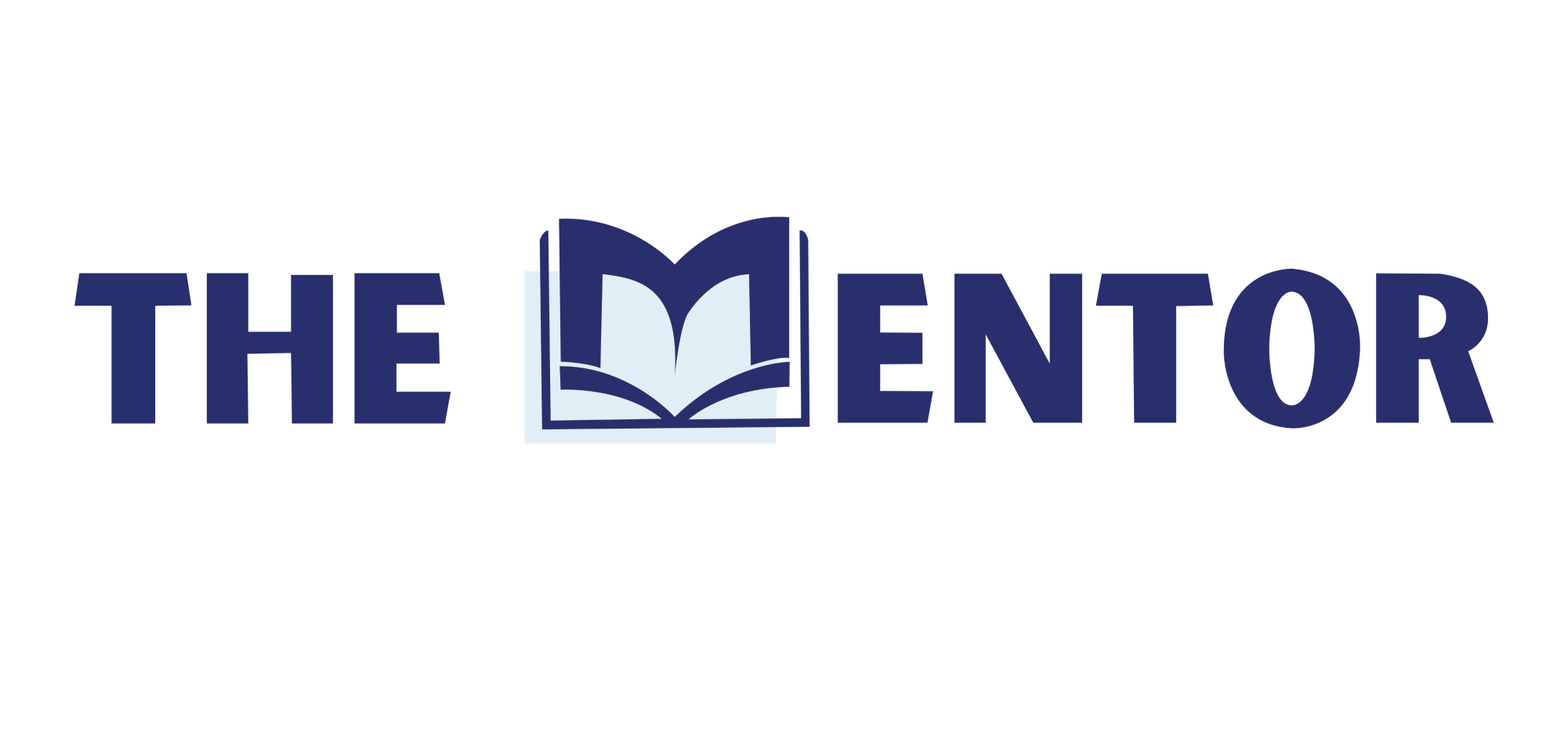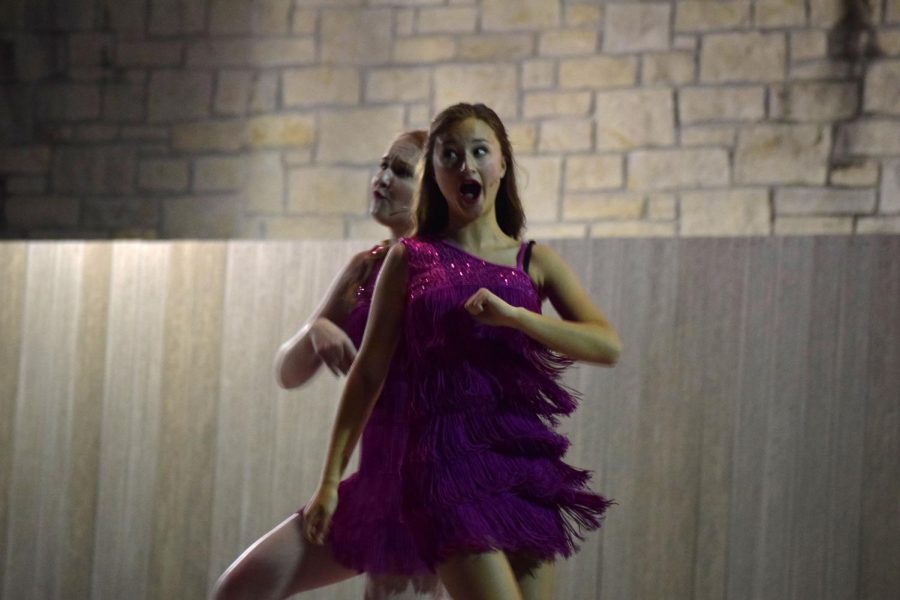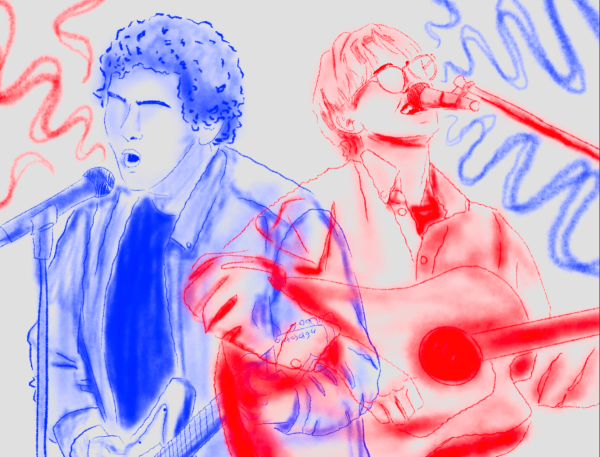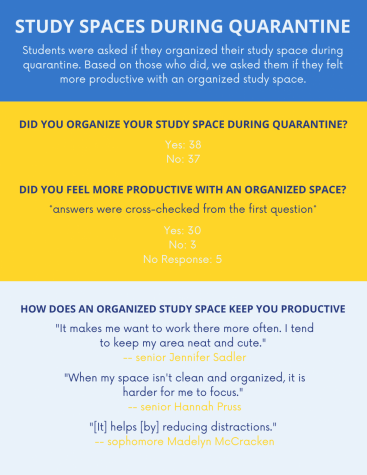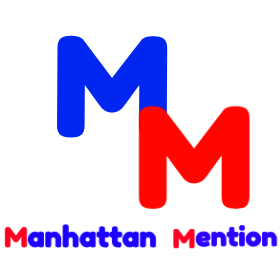Participation statistics show slight lack of student diversity, wide-range appeal to student interests
Senior Anna Washburn performs ‘Forget About the Boy’ during the Manhattan’s got talent competition. The Friday night competition allowed locals to showcase their talent in a friendly competition, Washburn competed in a duo with senior Ashlyn Gillispie performing a musical number. The girls’s hard work prevailed at the end of the night, earning them third place in the competition and a prize of $50.
In a 6A high school, there is no shortage of student involvement. This sentiment certainly seems to hold true for Manhattan High, who hosts a little over 118 opportunities for student involvement.
The only USD 383 secondary school — which made the Washington Post’s “America’s Most Challenging High School” list for the ninth time in a row in May of last year — is home to over 60 student organizations, as well as 58 athletic teams of which there are 12 varsity-level teams. These include co-curricular clubs and activities, extra-curricular clubs, visual/performing arts, as well as academic and support groups.
According to the research conducted in the 2016-2017 school year by Dr. Amy Conner — a USD 383 district Education Data Management Specialist — the total student participation at MHS was 66 percent.
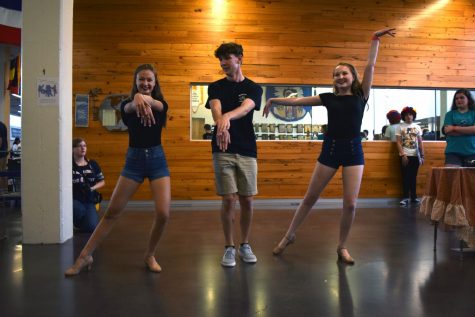
Conner’s report basically provides a breakdown of different factors in student participation within MHS. Throughout the year, activities administrators compile a list of activities and the students who participated. Conner then filters this data into different categories to provide a report that breaks down student participation into the following categories: grade level, gender, meal status, as well as race and ethnicity. All this is compiled into the MHS 2016-2017 Board of Education Student Athletics and Activities Participation report.
According to the Participation report, freshmen made up 69 percent of participating students, making them the majority. They were followed by the juniors at 67 percent, then the sophomores at 65 percent and finally the seniors at 63 percent.
“These percentages represent the number of kids that not only participate in athletics but activities in the school,” Athletic Director Mike Marsh – who oversees the annual activity reports — said. “Last year… there was only 44 percent of the student body that didn’t participate in something. Now, what that engages in is any athletic sport and then activities. It can be from performance in the play, it could be in an orchestra, it could be in any clubs.”
Of the 1,161 students who participated in school activities, 682 students participated in at least one athletic team. This makes up roughly 39 percent of the student body.
“You’ll be amazed,” Marsh said. “We had…744 kids out of our school last year turn in athletic physicals and athletic packets. So lots of kids…that have desires to do [sports].”
The reports also show that participation levels are higher in females than in males (53 percent – 49 percent). Participation levels were also higher in those of non-minority status than those of minority status (62 percent – 69 percent).
However, according to the report, participation levels by socioeconomic status are highest among students on full lunch pay status (76 percent) and less among students on reduced or free lunch status (56 percent).
The “Financial Implications” section of the report states “approximately $600,000 of budgeted district funds and gate receipts are spent annually on athletics and activities at MHS.” This is in addition to funds raised by students, the community, and the Manhattan High Booster Club.
Overall, participation levels at Manhattan High continue to average between a range of 65 to 84.9 percent. The many student-involvement opportunities this school has provides MHS with an ability to appeal to a wide-range of student interests, despite slight lack of diversity in ethnicity and socioeconomic status.
“Our common goal as a school would be to provide as many opportunities for the students at Manhattan High,” Marsh said. “We would like as many kids to have an opportunity to participate in activities or athletics as possible.”
